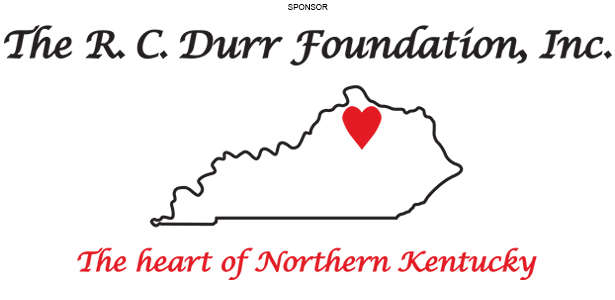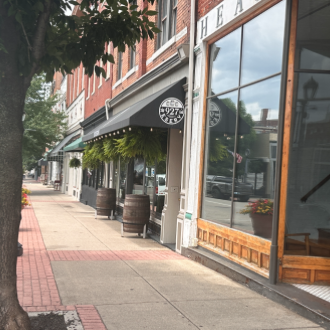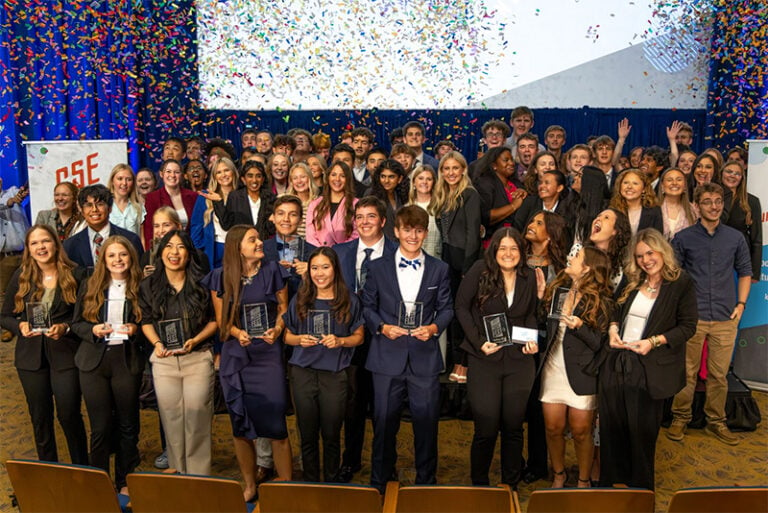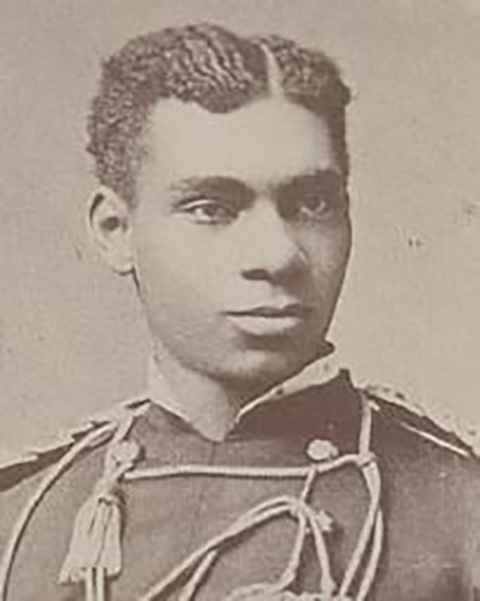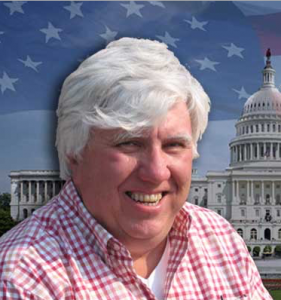With every basketball league from the NBA to the Big East and the Big Ten observing Black History Month with glimpses into a past that mattered so much to so many in America, what the Covington Public Schools are doing Monday evening couldn’t be more timely.
That’s when they’ll honor the 60th anniversary of Covington Grant High School’s last of its four Ninth Region basketball championships in 1964. Not bad for a school with just 135 students in the four high school grades.

Not bad for a school that hadn’t been able to join the KHSAA until 1957 and changed the face of high school basketball here in Northern Kentucky in a hurry, winning the first district title by a Black school in Kentucky that very year. But as much as the 1964 Grant team will be the focus Monday, we’d like to honor and recall the entire Grant era under the late, great coach and teacher Jim Brock.
We recall it well. We were there, as crazy as that seems. Somehow, some way – and maybe that’s the charm of our Northern Kentucky community – we were a part of it, this kid from Ludlow, a town that to most of our knowledge had never had a single Black resident. And yet, we knew the kids from Our Savior Grade School in Covington from playing in the CYO League and tournaments at St. Xavier High School.
We knew them because of basketball. And to be honest, we knew them because, as crazy as it may seem now, a young kid by the name of Tom Thacker was quickly becoming a legend . . . in grade school.

And then William Grant – with all of Kentucky’s Black high schools like Lexington Dunbar and Louisville Central — joined the KHSAA. And as “progressive” as that may have seemed at the time for a state whose major university was a member of the segregated Southeastern Conference, it was a full decade after Kentucky’s A.B. “Happy” Chandler had invited Jackie Robinson to his Versailles home where the then commissioner of baseball would go against 15 of MLB’s 16 owners and sign Robinson’s contract in maybe the most momentous sports act in American history.
And then it happened suddenly in Northern Kentucky. One of the best Ninth Region teams ever came along at Dixie Heights that year featuring star guard Howard Stacey, who would help lead Louisville to its first Final Four in 1959 and become interim coach at Louisville and then head coach at Drake. Dixie also had 6-foot-8 big man Joe Stark, who would go on to a legendary career as an athletic director at Simon Kenton. Other stars on that Dixie team coached by Lou Phillips were youth sports leader Jim Shumate and Bob Eveleth.
And out of the blue, we got the word that in the middle of the regular season, Dixie Heights would host Covington Grant in the first-ever game between a Black school and a longtime KHSAA member. And you just could not miss that game, even though we knew nothing about Grant other than Tom Thacker could really play.
And we knew we had to be there. And so I hitched a ride from Ludlow with the Thobes – Wayne and Jack, who would become an All-Catholic All-American at Cincinnati St. Xavier and a 1,000-point career scorer at Xavier U. Just to get in, you had to be there for the start of the JV game that seemed like it was 80-20 Dixie. And the Grant kids looked like grade schoolers in hand-me-down intramural uniforms.
Had we been hoodwinked? As soon as the locker room door opened for the varsity pregame warmups, we knew we had not been. Out burst a Grant team in brand new blue, red, gold and white gear, exact duplicates of what the Harlem Globetrotters wore, and they obviously had athletes. I can still name the starters: Thacker, Les Stewart, Aaron Ballard, Tom Butler and Bob Graves.

This was going to be fun. The game went back and forth with no one having any sort of advantage. But on an unseemly warm winter night with a packed crowd sitting through two games, they had opened the windows to cool things off, causing the floor to sweat. As I recall it, Grant was dribbling out the game with a one-point lead and the dribbler hit a slick spot, fell and a Dixie player, I think it was Eveleth, scooped it up and scored the game-winner at the buzzer.
At least that’s how I remember it. For sure, it’s as exciting a high school basketball game as I’ve ever seen.
And a wonderful start for Northern Kentucky to get to know the story of the Lincoln-Grant schools that were chartered in 1866 in Covington to educate “free Negroes” from all over Northern Kentucky after the Civil War. The grade and high schools had been in existence for nearly a century and it took basketball for the rest of Northern Kentucky to realize what was going on at Ninth and Greenup.
What was going on is that men like Jim Brock, a native of Cincinnati’s Glendale suburb who once led Ohio high schools in scoring before earning a scholarship to Tuskegee University, were doing special things for their pupils and players. Grant didn’t win the region that first year but won it the next with Thacker averaging 35 points a game in the Sweet 16 that saw Grant eliminated by an Olive Hill team that hit 34 of 36 free throws as the officials of that day had absolutely no way to know how to call a modern style game involving a team with the quickness and pressing defenses Grant played.

Winning regional titles in 1958, 1959, 1961 and 1964, Grant changed the way basketball was played here. And they were fun. It was hard to root against them, even when you were connected to the established schools. Not all that much size but lots of athletes who could run and jump and played hard.
Thacker would go on to become a two-time first-team consensus All-American as he led Cincinnati to two straight NCAA championships and lost a third on a buzzer-beating tip-in. He would also become the only basketball player in history to win an NCAA title, an NBA title (with the Boston Celtics) and an ABA title (with the Indiana Pacers).
George Stone, a 6-7 sharpshooter with that 1964 team would go on to Marshall and play four years of pro basketball in the ABA where he averaged more than 23 points a game one season. Les Stewart would go on to a solid career with Villa Madonna College (now Thomas More) as they played on Brock teams that compiled a 184-85 record until 1966 when Grant was incorporated into the Covington system.
Brock, who died in 2018, would go on to coaching in Cincinnati at Princeton and Hughes high schools while carrying on his love of tennis that had led him to integrate the Summit Park public tennis court in Glendale. And there’s now a foundation to carry on his work in tennis that had Brock doing clinics with legendary friends like Arthur Ashe and Althea Gibson. One of Brock’s sons, Tony, would go on to become a tennis pro and start and run the Safe Passage Tennis Program for underprivileged youth for the Junior Chamber of Commerce in Los Angeles.
There are so many stories to tell about that special time in Covington – and in Northern Kentucky – when things were evolving for the good and basketball was a big part of that.
Contact Dan Weber at dweber3440@aol.com. Follow him on X (formerly Twitter) @dweber3440.



